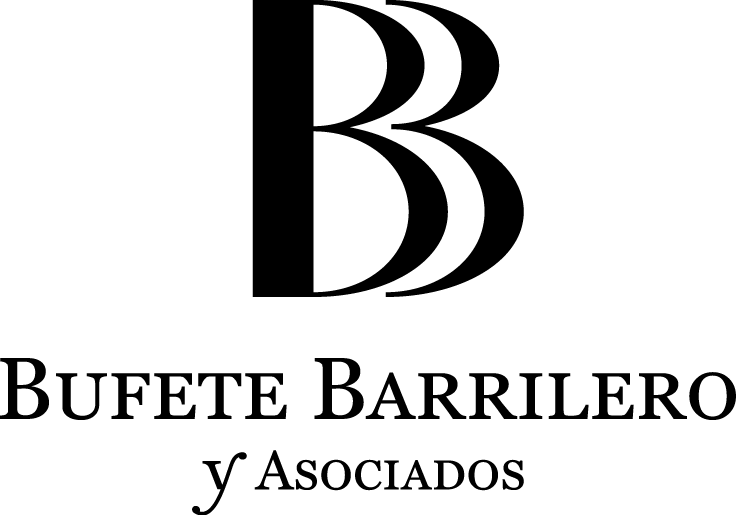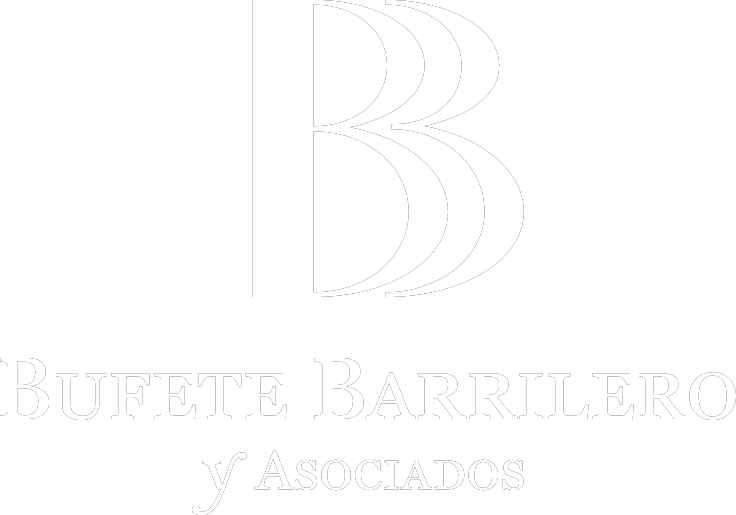TAX LAW
The High Court of Justice of the Basque Country, in its Judgment 37/2025 of January 9, breaks away from the interpretation previously adopted by the tax authorities concerning the classification of cryptocurrencies as homogeneous securities. Consequently, it challenges the requirement to apply the FIFO (First In, First Out) method for calculating capital gains or losses arising from their sale.
What Are “Homogeneous Securities”?
The most accurate legal definition of homogeneous securities can be found in the Personal Income Tax Regulations, which, although found in different regional laws, share the same content. These regulations state:
“Securities or units issued by the same entity will be considered homogeneous if they are part of the same financial operation or serve a unified purpose (including systematic financing), are of the same nature and transmission rules, and grant their holders substantially similar rights and obligations.”
This definition (which includes stocks, shares, and recently even foreign currency trades) requires taxpayers to maintain a personal inventory of their holdings, recording acquisition values and purchase dates. When calculating capital gains or losses, the law mandates using the FIFO method—meaning the oldest assets are considered sold first.
This approach limits taxpayer flexibility, as it forces the ordering of holdings regardless of which account or exchange the assets are held in—adding a layer of administrative complexity.
The Tax Authority’s Previous Stance
The Spanish Directorate-General for Taxation (DGT) has consistently applied this homogeneous asset logic to cryptocurrencies, treating them like stocks or equity shares. For example, in Binding Consultation V1604-18 (June 11, 2018), the DGT argued that bitcoins, being derived from a specific protocol and sharing the same characteristics, are essentially identical and should be treated as homogeneous assets.
Therefore, the exchange used to buy or sell the cryptocurrency was deemed irrelevant. All bitcoins, regardless of the platform used, had to be considered collectively under the FIFO system when calculating acquisition dates and values.
This position was also defended by the Basque tax authority in this case. However, the plaintiff (a taxpayer) argued that cryptocurrencies do not fit the legal definition of homogeneous assets under Spain’s income tax regulations.
A New Legal Perspective
The Basque High Court refers to Article 3 of EU Regulation 2023/1114, which defines crypto-assets as:
“A digital representation of a value or right that can be transferred and stored electronically using distributed ledger technology or similar technology.”
Given this definition, and considering the novelty, uniqueness, and lack of legal adaptation of the regional tax framework to the crypto market, the Court concluded that cryptocurrencies cannot be equated to the traditional concept of homogeneous securities.
As a result, the Court rejects the DGT’s and regional tax authority’s position on using FIFO across exchanges. It finds that the acquisition date and purchase price of cryptocurrencies must be determined separately for each exchange.
Key Implications of the Ruling
This landmark decision has significant implications for Spanish taxpayers:
- Simplifies calculations of capital gains and losses from cryptocurrency sales. Taxpayers are no longer required to unify all crypto holdings into one master inventory.
- Allows greater flexibility for financial and tax planning. Taxpayers can now strategically manage sales based on differing acquisition values across multiple exchanges.
This ruling disrupts the existing tax doctrine and introduces greater autonomy for taxpayers—especially those with diversified crypto portfolios—by recognizing the reality of how these assets are traded in practice.
“1 Consultation dated December 22, 2022, from the Provincial Tax Authority of Bizkaia.”
“2 CV0975-22, dated May 4, 2022; CV2005-22, dated September 20, 2022; CV2520-22, dated September 7, 2022, among others.”


